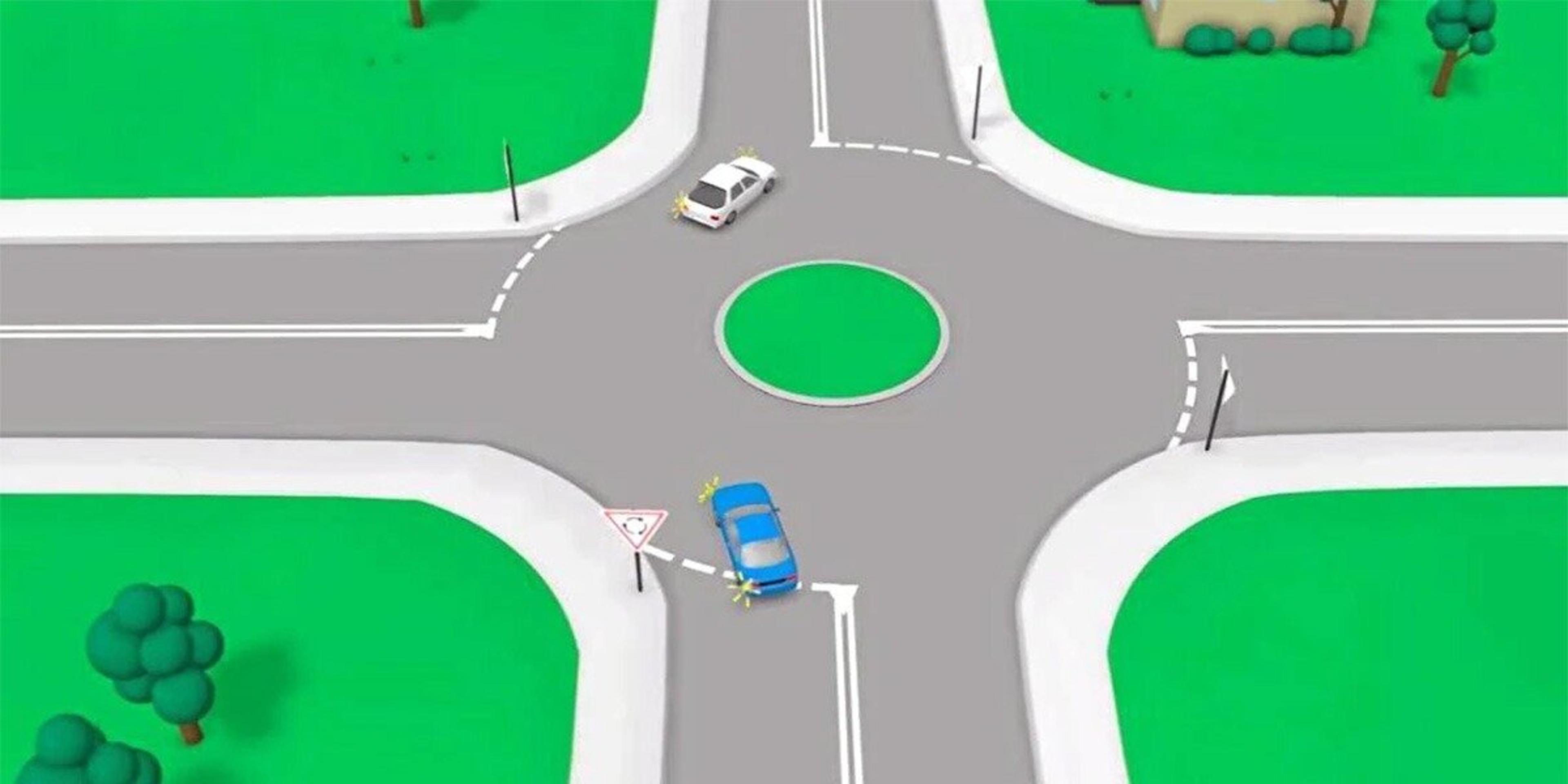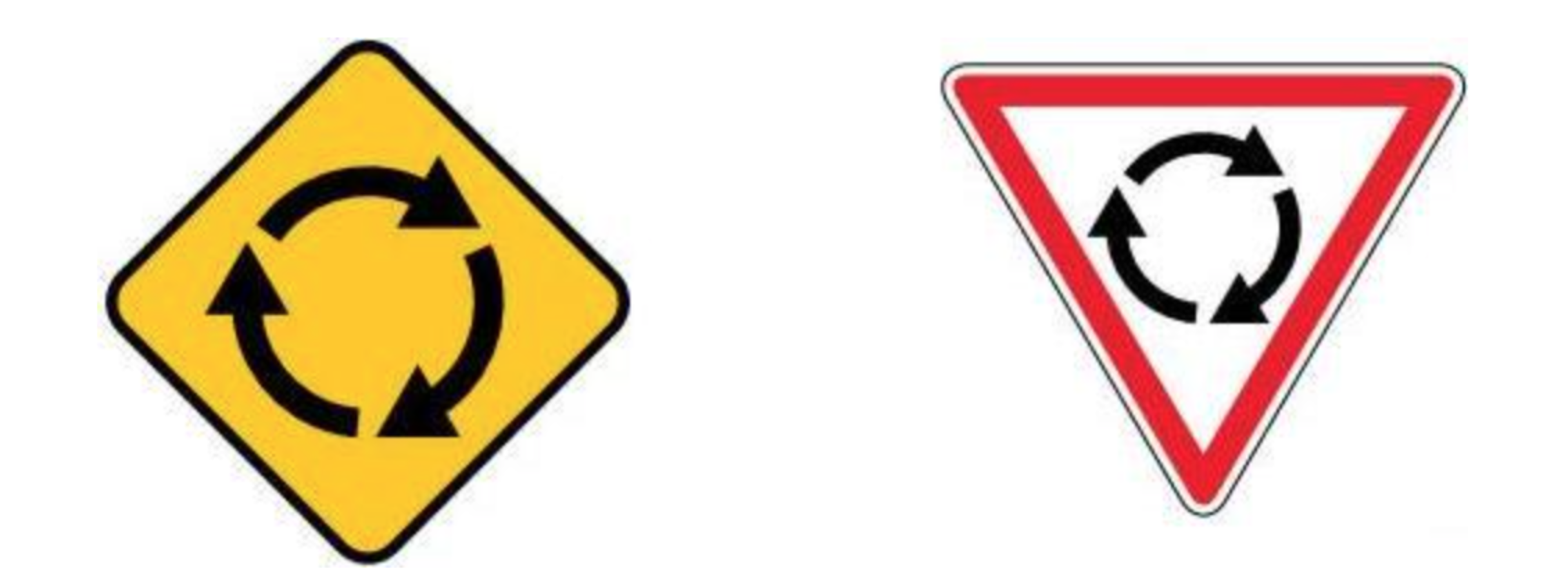Roundabout Rules Refresh
2023-02-21

Tynan Motors - 21st February 2023
How long has it been since you did your driving test? Keep reading and find out if you would pass the roundabout road rules test.
Do you feel as if you need to freshen up your memory? Many motorists have come forward as they have admitted to misunderstanding the basic roundabout road rules.
Did you know there are around 8,000 roundabouts in Australia, indicating that each individual will more than likely pass atleast one roundabout per day and with the rising misunderstanding, this has created a higher risk of accidents on the road.
The Basic Roundabout Road Rules

- The above roundabout signs indicate that there is a roundabout forthcoming and you should take caution approaching. This including slowing down the speed of your vehicle and preparing to give way to other vehicles on your right hand side.
- As you approach a roundabout, you must move into the designated lane needed, signal if you're turning, and accommodate to any oncoming traffic.
- It is important to only enter the roundabout if there is a safe gap in traffic, as you can be unaware at the speeds other vehicles are passing through at.
- If you need to change lanes coming up to a roundabout, you must only do so when there is broken lines and not when there is an unbroken line.
- Do not block the cross-roads when driving into/through a roundabout as this will cause more traffic and potential collisions.
Roundabout Risks
- Always drive safely when approaching and passing through a roundabout.
- Be extra careful if changing lanes prior or during a roundabout as many motorists may not have full vision on each vehicle.
- Keep an eye out when vehicles are making a full turn around the roundabout.
- Drivers may try to cut the intersection, creating a higher chance of accidents.
- The shoulder lane for cyclists and pedestrians can be narrow or non-existent, creating confusion and aggression for motorists.
Roundabout Benefits
- There is less conjestion following a roundabout, due to the improved traffic flow from all vehicles.
- The tight circle of a roundabout forces drivers to slow down and severe types of intersection crashes are unlikely.
- Roundabouts generally take less land than traditional intersections as they dont require turning lanes.
- Roundabouts reduce pollution of cars (due to vehicles not waiting at traffic signals), reduces noise and reduces fuel consumption.
- Compared to traffic signals, there are no yearly costs or fees for roundabouts, saving the government money.
